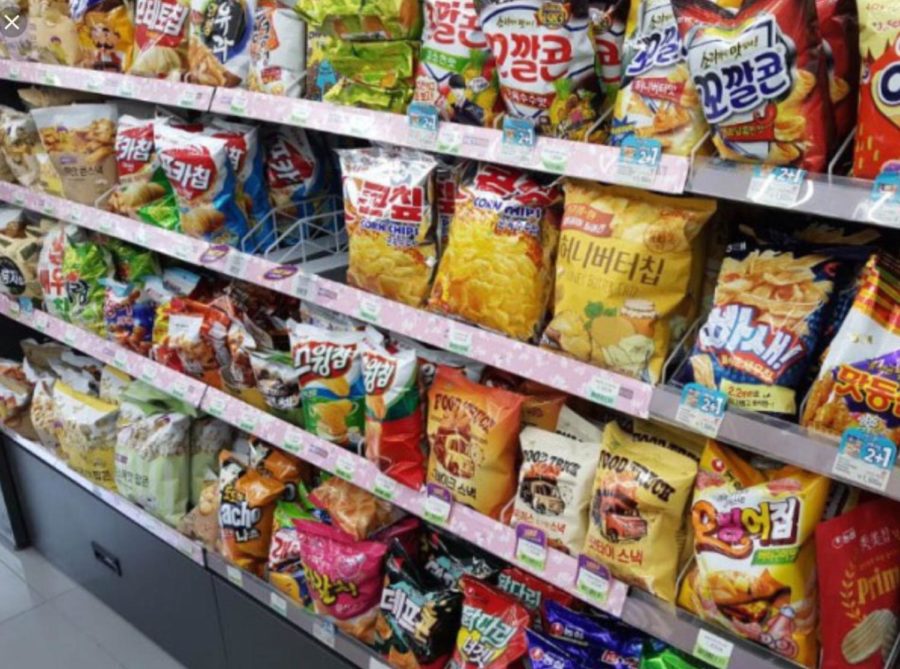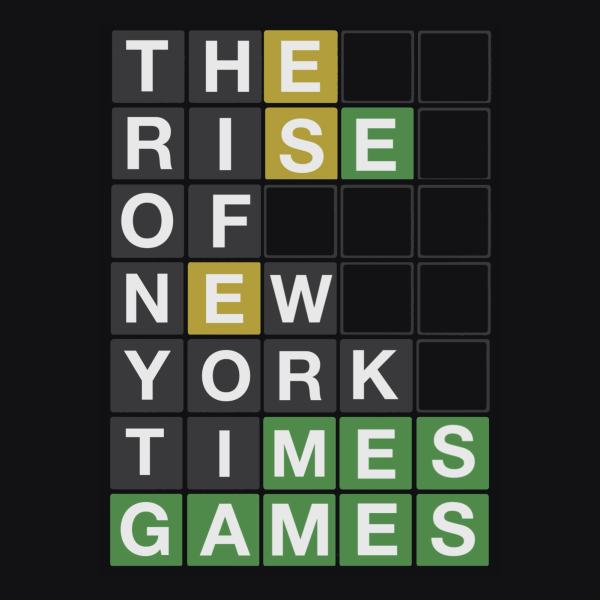What Makes South Korean Snack Foods Different From American Snacks
December 21, 2018
People across the world love to eat snacks. Some snacks are universal, like chocolate, chips, jelly, and popcorn. However, most countries have their own unique snacks.
As a student who recently moved from South Korea, I’ve noticed a lot of similarities and differences between South Korean and American snacks.
Snacks, like we know them in the U.S., first became popular in Korea in 1945, when company HaiTai produced a jelly-like snack called Yang Gang, which is a jelly dessert made from bean paste. After that, Nongshim, Orion and Crown dominated the snack market through catchy commercial songs and creative advertising. Nowadays, there are thousands of different snacks in South Korea, including some imported snacks from America.
One major difference between South Korean and American snacks is the wide variety of flavors in South Korean snacks.
Jiyu Park, a student at CheongShim International Academy (CSIA) said “Korean snacks have more variety than American snacks. Our snacks have various flavors from fruit to BBQ, and also we have more interesting textures. Some crackers are just so soft that it will melt in your mouth, while some are very chewy. You can tell the variety just by going to our school store because different kinds of snacks fill half of the huge room.”
Although the flavorings used in both South Korean and American snacks are often very similar, many South Korean snacks will pair a common flavoring with an unusual texture. For example, Binggrae, a popular drink in South Korea, is banana-flavored milk.
At Minnetonka High School, Chloe Rieger, ‘22, tried a popular Korean snack called Pocky. Pocky is a cracker stick dipped in a cream flavored as strawberry, matcha, chocolate, or other flavors.
After trying Pocky, Rieger said, “I think American snacks are more processed… they probably have more chemicals too.”
Sangmin Lee, an owner of Seoul Food Korean Market located in Minneapolis, said “Korean snacks definitely have more variety. Other than crackers, chocolates, or just normal snacks like nachos, Korean snacks can actually be a meal. For example, Tteokbokki, or stir-fried rice cakes, is a popular snack menu for many students and even many adults. Ramen is certainly a national snack that everyone loves. Also, most Korean snacks are salty while American snacks are so much sweeter.”
A typical South Korean meal usually includes salty, sweet, and spicy flavorings. With this background, it’s logical that snacks would reflect these preferences. Spicy flavors play an integral role in a Korean’s food palate, with the majority of meals including spicy components. Buldak-Bokkeum-Myeon, commonly referred to in English as “fire noodles,” is an extremely spicy ramen snack food.
Seafood also is an extremely important part of Korean cuisine, unlike the typical Midwestern palate. Many South Korean snacks use seafood flavorings in their foods like squid, seaweed, and shrimp.
Even with the 14-hour time difference between South Korea and the US, the snacks have both differences and similarities. Despite different flavors and textures in snack preferences, we all enjoy eating snacks (although we shouldn’t eat them too often).


























